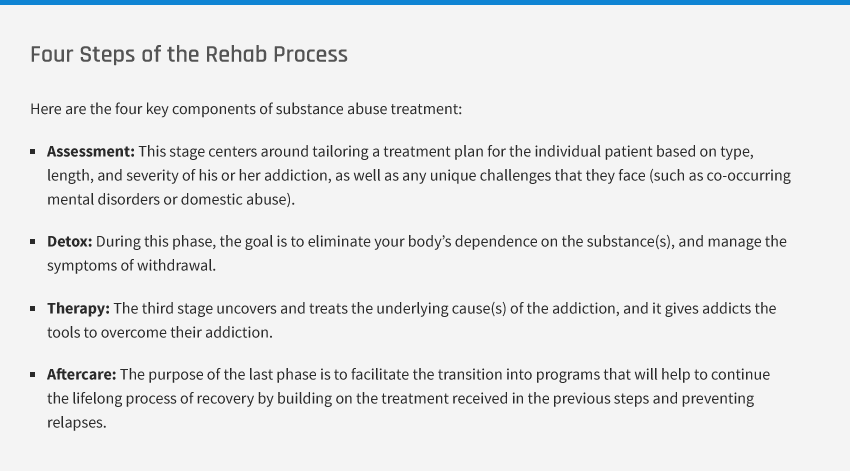Rehabilitation for Valium addiction begins with the initial detoxification process, which allows the user to eliminate Valium from his or her body before receiving behavioral therapy and other rehabilitation services. Due to its half-life of 24 to 48 hours, approximately half of the Valium in a user’s system is eliminated within one to two days. Therefore, the full detoxification process typically takes three to four days; however, it may take longer, especially in chronic users and users who have kidney disease or other medical conditions that affect kidney function.
In some cases, withdrawal symptoms persist for several weeks or longer. When this occurs, they are known as post-acute withdrawal symptoms. The total amount of time it takes a user to withdraw completely from the drug depends on several factors, such as medical history, the extent of Valium use, and whethe
Withdrawal Symptoms
Sudden withdrawal from Valium can cause dangerous side effects
Valium affects the central nervous system, increasing the risk of serious side effects during the withdrawal process. These side effects include tremors, changes in heart rate, and changes in breathing rate. Serious side effects are more likely in users who stop taking Valium suddenly.
Valium withdrawal is associated with serious psychological symptoms
Individuals who stop using Valium and other benzodiazepines sometimes develop a condition known as benzodiazepine withdrawal syndrome. Not only does this syndrome produce unpleasant physical side effects, but it can also cause panic attacks and other psychological symptoms. These symptoms include heightened levels of anxiety and increased irritability.
Withdrawing from Valium can cause dangerous changes in perception
Some users experience changes in perception while withdrawing from Valium, which can affect what they hear, feel, and see. Changes in perception can be dangerous, especially for users who rely on their senses to perform safety-sensitive jobs. For example, a doctor who experiences a change in visual perception may have difficulty conducting a physical examination in a safe manner.
Valium Detoxification Medications
The U.S. Food & Drug Administration has not approved any medications specifically for the treatment of sedative withdrawal; however, supportive medications may be used to relieve unpleasant withdrawal symptoms and reduce the risk of relapse. One of those medications is carbamazepine, which is typically used to treat seizures. In some cases, withdrawal symptoms can be relieved by substituting alprazolam for Valium. Like Valium, alprazolam is used to relieve anxiety.
For more information about withdrawal, read our guide on Valium Addiction.


